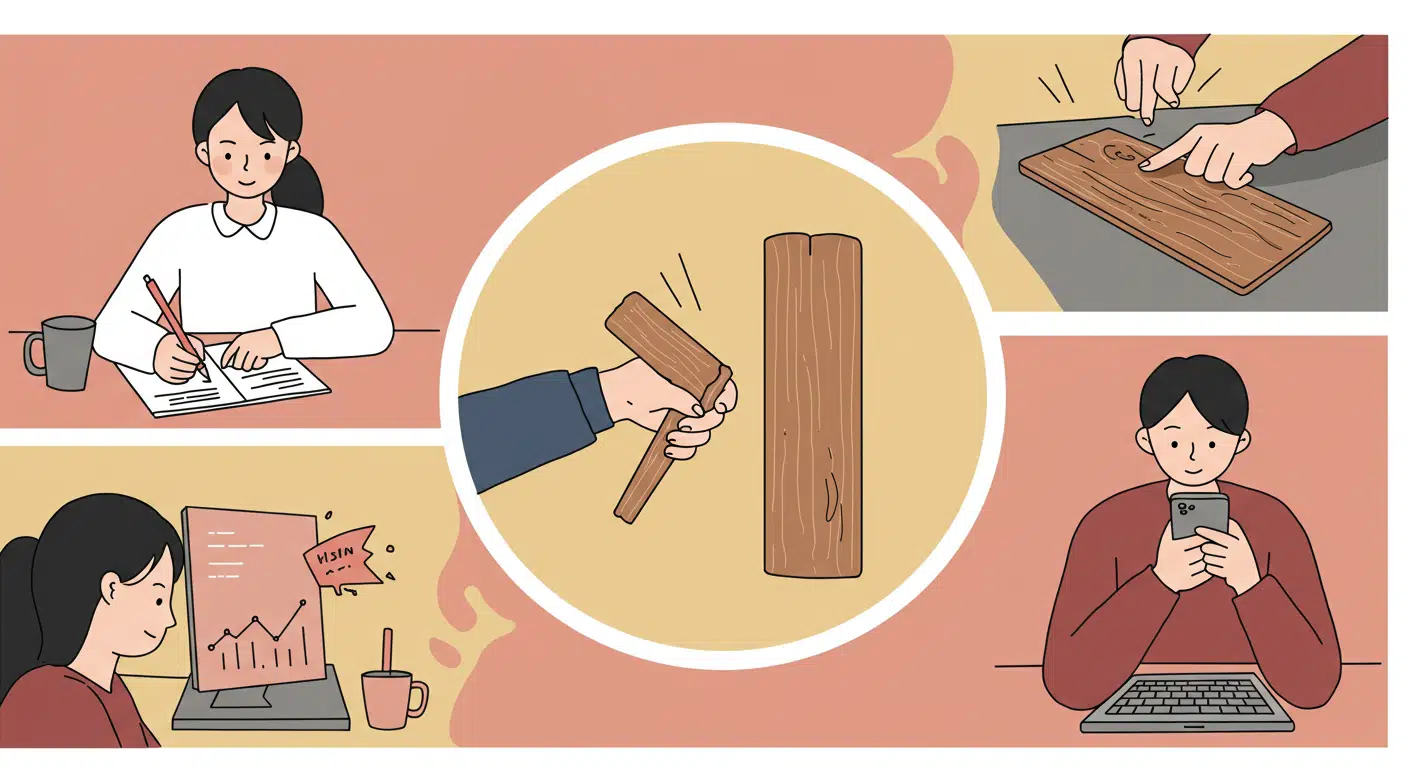The superstition warns individuals not to walk under a propped ladder, as doing so is thought to incur bad luck or misfortune. This belief is especially prevalent in Western cultures. Practitioners avoid this act as part of unspoken everyday etiquette. In many cases, walking beneath a ladder while it is leaned against a wall is believed to violate a sacred triangular shape—often linked with the Holy Trinity in Christian tradition—or resemble a gallows, symbolizing tragedy and death.
Many modern adherents will also perform counter-rituals if they accidentally walk under a ladder, such as crossing their fingers, spitting over their shoulder, or walking backward to ‘reverse’ the bad luck.



